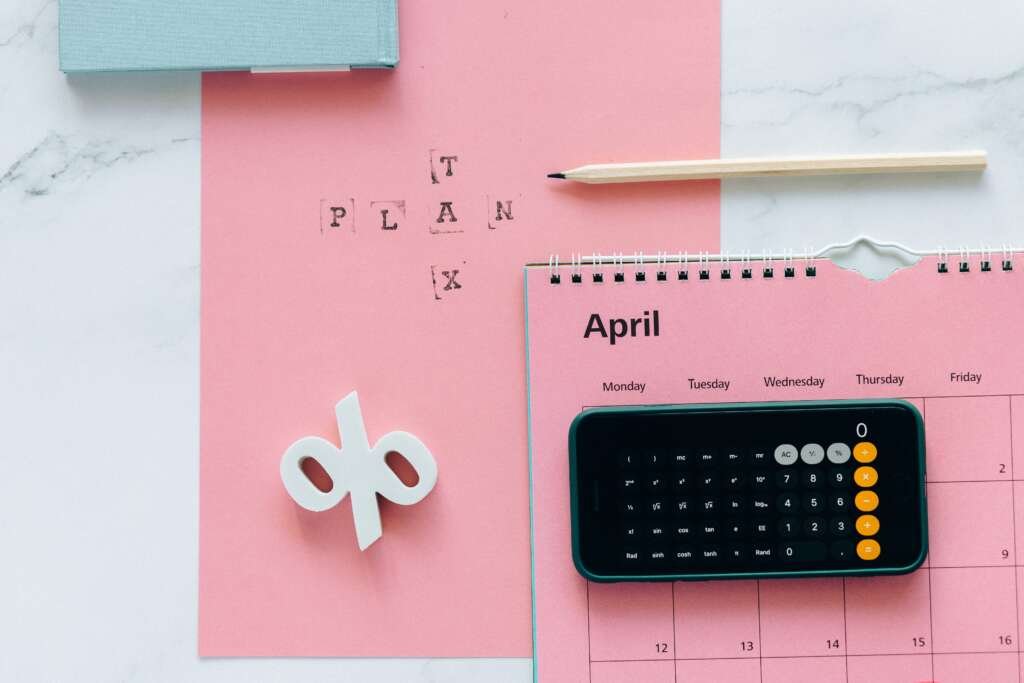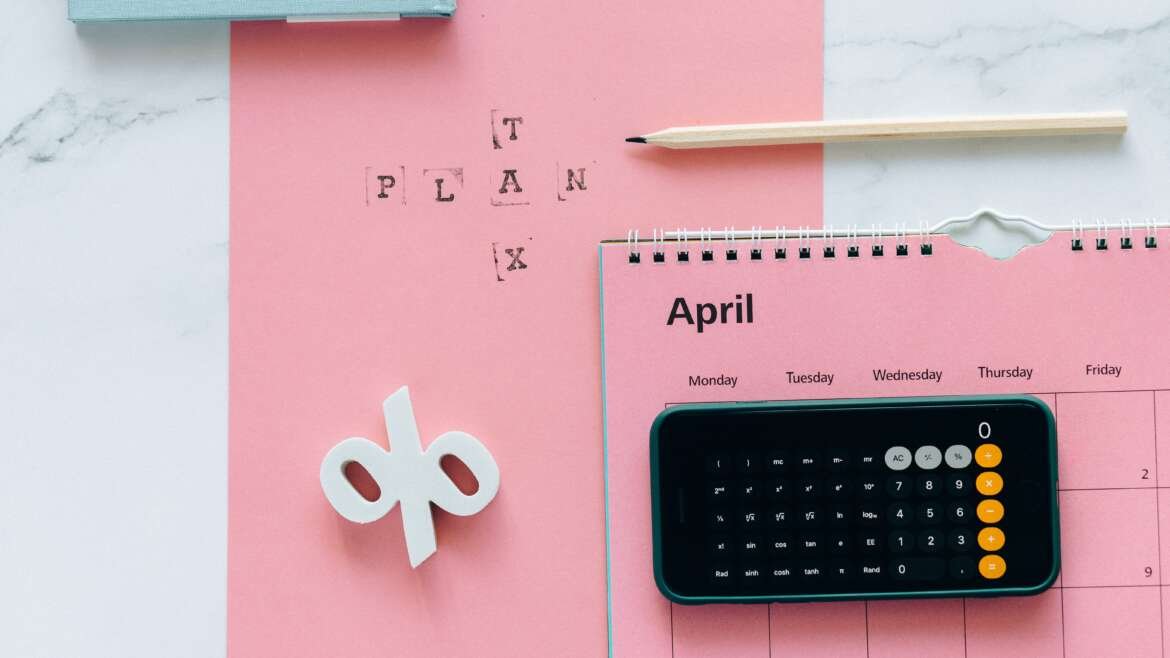

India is known as the “diabetic capital of the world,” with the highest number of diabetic patients worldwide. Diabetes is the third leading cause of death in India, with a higher prevalence among seniors aged 45 to 59.
Excess weight and a lack of physical activity are blamed for the rise in Type-2 diabetes, the most common type of diabetes in India. This article will look at how a balanced Indian diet plan can help manage blood sugar levels and help prevent and control Type 2 diabetes.
What exactly is Type 2 Diabetes?
Type 2 diabetes is a lifestyle disorder that affects how our bodies process glucose, also known as blood sugar. Type 2 diabetes is characterised by insulin resistance and mild symptoms that frequently go unnoticed. Frequent urination, blurry vision, eye diseases, unexplained weight loss, increased thirst, recurrent yeast infections, and numbness of hands or feet are all common symptoms.
Is it possible to control type 2 diabetes through diet?
While you cannot change your genes, you can control Type 2 diabetes and achieve target blood sugar levels through a healthy diet and regular physical activity. The right diet will help you manage your blood sugar and cholesterol levels, as well as maintain your ideal weight.
Type 2 Diabetes Indian Diet Chart
Examine this example Control your blood sugar levels with a 7-day Indian diet plan for Type 2 diabetes:
Day 1
• Breakfast consists of a morning detox water with soaked fenugreek seeds, steel-cut oatmeal with a handful of nuts and fresh fruits, and herbal tea.
• 1 cup buttermilk for lunch.
• 1 cup spinach and paneer with 1 multigrain rotis for dinner
Day 2 • Breakfast consists of detox water with soaked cumin seeds, 1 cup daliya with almond milk and fruits or vegetables, and herbal tea.
• 1 whole fruit, such as guava, for lunch.
• Dinner: 1 cup mutton soup + 1 cup mixed vegetables + 1 cup brown rice + salad.
• Breakfast: detox water with soaked fennel seeds, jowar upma with vegetables + herbal tea + 2 boiled eggs.
• Jamun yoghurt for lunch
• Dinner: 1 salad bowl topped with basil pesto chicken or chickpeas and paneer.
• Breakfast consists of morning detox water, lightly fried multigrain parathas stuffed with vegetables and poached eggs, and a cup of green tea.
• One Apple for lunch
• Dinner consists of a chicken wrap with hummus and kale leaves served with salad.
Day 5: Detox water, vegetables, and dal moong chila with homemade mint chutney for breakfast.
• Lunch – whole fruit like pears or apples
• 1 cup mustard saag or any green leafy vegetable with 2 bajra rotis for dinner
• Breakfast – 1 tall glass of fresh fruit smoothie containing leafy greens such as spinach and fruits such as apple, banana, papaya, and so on. can consume two boiled eggs
• Lunch – Alsi seeds with curd
• Dinner consists of 1 cup bitter gourd with lentil soup + 1 multigrain roti + salad.
Day 7: Detox water, 3 multigrain idlis with coconut chutney and vegetable sambar + buttermilk for breakfast.
• Lunch – 1 small bowl semiripe papaya
• Dinner: 1 cup yellow dal (no tadka), 1 cup spinach or soya, 1 cup brown rice, and a salad.
Aside from eating nutritious meals to keep your blood sugar levels and weight stable, avoiding certain foods can also help.
Foods to Avoid If You Have Type 2 Diabetes
• Foods with a high glycemic index (GI) because they instantly raise blood sugar levels.
• Trans fats and saturated fats are unhealthy because they increase insulin resistance.
• Prepackaged snacks, which can quickly raise blood sugar levels.
• Simple or refined carbohydrates, such as white bread, flour, and white potatoes, for example.
• Sugary, highly processed foods and beverages, such as soft drinks or sweetened cereals.
• Avoid starchy vegetables like potatoes, squash, and root vegetables.
Avoiding these foods as much as possible can help you maintain a healthy blood sugar level.
EXPERT SUGGESTIONS
Making A Diabetic Diet Plan
The plate technique and carbohydrate counting are two popular methods for determining how much to eat.
[3]
i)The plate method simplifies portion management. It assists in determining how much of each food group you should consume. This method was created with a 9-inch plate in mind.
• 1/2 plate – non-starchy vegetables (including green leafy vegetables).
• 14 plate – meat or other protein.
• 14 plate – grains and other starches.
• Include some fruit or dairy.
• Consume water, unsweetened tea or coffee.
ii)Carbohydrate tally:
Carbohydrates, which are converted to glucose in your body, have a greater impact on blood glucose levels than other nutrients. Before deciding on an insulin dose, insulin users must keep track of their carbohydrate intake. It is easier to stay within your blood sugar range if you track your carbohydrate intake and set a limit for each meal.


3 Comments
https://WWW.Waste-Ndc.pro/community/profile/tressa79906983/,
Hi, of course this paragraph is truly fastidious and I have leafned lot of things from it about blogging.
thanks. https://WWW.Waste-Ndc.pro/community/profile/tressa79906983/
asmarubab,
Thanks for your positive feed. Happy to know that my post helped you.
Add Comment